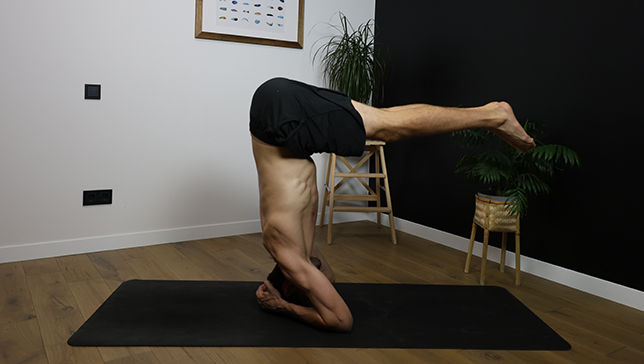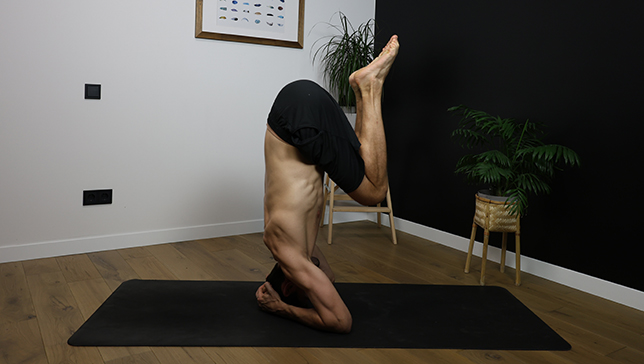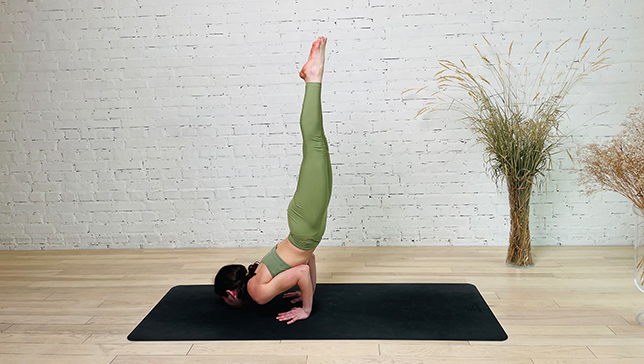








Arm balance yoga poses are a group of challenging yoga postures that involve balancing the body primarily on the hands or forearms while lifting the feet off the ground. These poses require strength, stability, and concentration, making them a great way to build upper body and core strength, improve focus, and enhance body awareness.









There are numerous arm balance yoga poses, each with its unique challenges and benefits. Here are some popular types of arm balance yoga poses:
Remember that arm balances require practice, patience, and proper alignment. Always warm up properly and use props. With consistent practice and perseverance, you can develop the strength and stability needed to master these challenging poses.
These poses enhance body awareness and balance, as they require a high level of concentration and focus.
Practicing arm balances can improve wrist and forearm strength, increasing flexibility and preventing injuries in those areas.
Arm balance yoga poses help build upper body and core strength, toning and sculpting the arms, shoulders, and abdominal muscles.
Individuals with wrist, shoulder, or elbow injuries should avoid arm balance yoga poses as they can exacerbate existing conditions.
Beginners or those lacking sufficient upper body strength should approach arm balances with caution and consider starting with preparatory poses to build strength gradually.